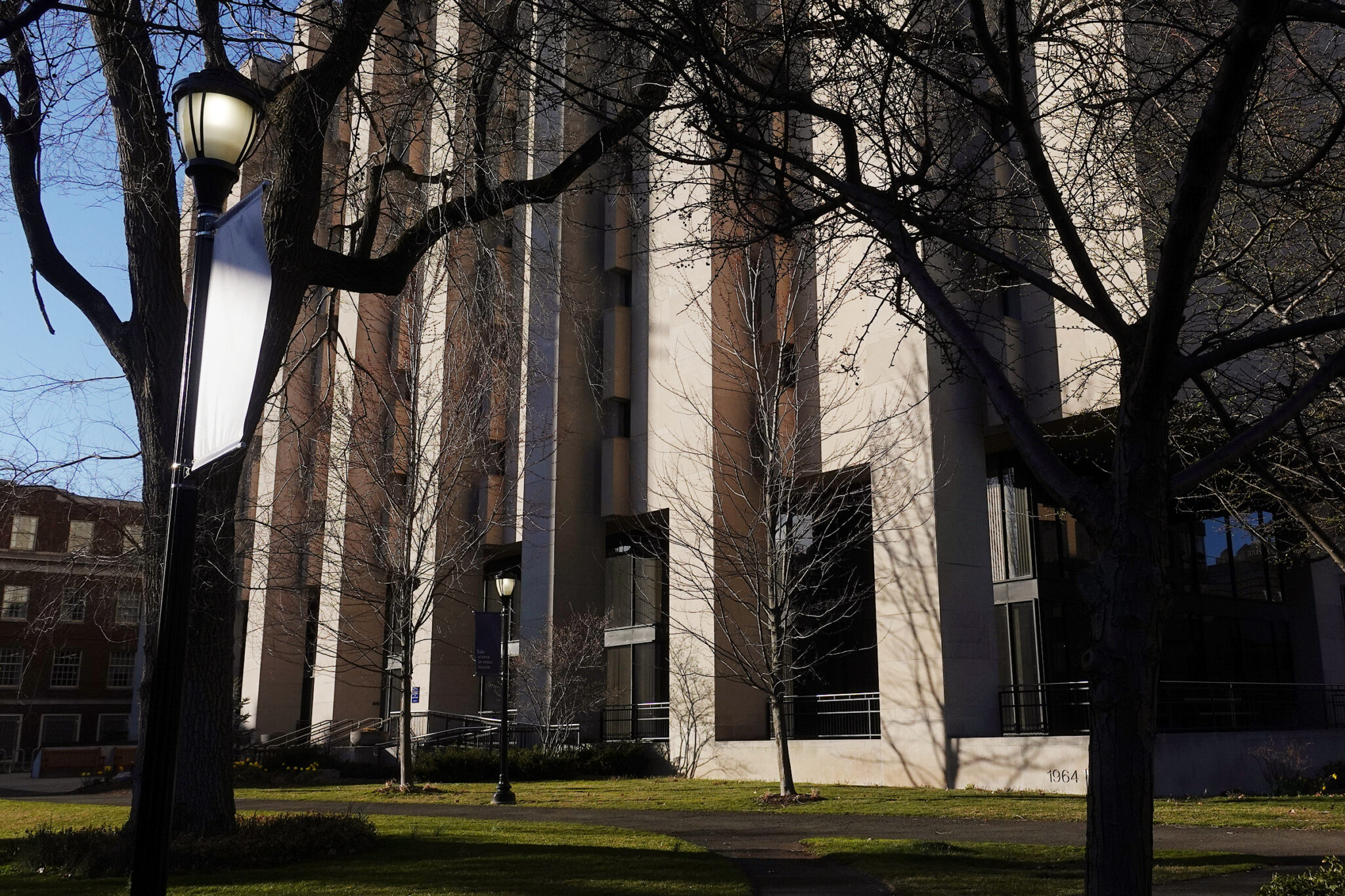Study shows impact of federal funding on gun violence research
A recent study with authors from the School of Public Health and the School of Medicine showed that federal funding for gun violence prevention research is directly correlated to the number of clinical trials and research publications on the topic.

Tim Tai, Senior Photographer
A recent Yale-led study revealed that federal funding is a strong motivator for researchers to study gun violence and firearm injury prevention.
From 2017 to 2019, Congress awarded $30 million in funding to the CDC and NIH to study firearm injury prevention. But from 2020 to 2022, the federal legislature reappropriated federal funds and awarded the agencies approximately $150 million. The study, led by researchers from the School of Public Health, the School of Medicine, the University of Pennsylvania Perelman School of Medicine and Brown University, found that the number of clinical trials and research publications concerned with firearm prevention from the past three years increased by 90 percent compared to the previous period.
“This study brings light to the significant historical gap in funding for firearm injury prevention research, and the impact that a relatively small amount of federal funding can provide,” James Doddington, a professor of pediatrics and emergency medicine at the School of Medicine who did not participate in the study, wrote in an email to the News.“Importantly, it is studies like this that can assist policymakers in building the case for consistent federal funding and building national data infrastructure for understanding firearm injury over the lifespan.”
Megan Ranney, the current dean at the School of Public Health, was the senior author of this study, and Guangyu Tong, an assistant professor of cardiovascular medicine at the School of Medicine, was a contributing author.
According to Tong, a “drought” in federal funding for gun violence research began in 1996 following the passing of the Dickey Amendment, which stated that “none of the funds made available for injury prevention and control at the Centers for Disease Control and Prevention (CDC) may be used to advocate or promote gun control.”
Spearheaded by Republican congressman Jay Dickey, this legislation was passed in response to growing concerns from gun rights activists that this funding could finance research that would advocate for more stringent gun control.
However, Tong said that the interpretation of this provision drastically changed after the shooting at Sandy Hook Elementary School in December 2013.
“There was a clarion call for action, which led to a reevaluation of the Amendment,” Tong wrote. “The Obama administration clarified that the Amendment did not prohibit research into gun violence itself, just the advocacy of gun control. This clarification aimed to reignite scholarly inquiry into this pressing public health issue, albeit within the constraints of not using federal funds to advocate for policy changes.”
Nevertheless, the impact of the Dickey amendment persisted even after that clarification since, according to Tong, government funding for gun violence research remained significantly lower than other public health issues.
In 2020, this changed. Congress reappropriated more funding to the NIH and CDC specifically for gun violence research. According to Ranney, the change was the “result of the years of work by the public health and healthcare community, medical organizations, and by the [gun violence] survivor community,” who lobbied for more federal funding for gun violence research.
Ranney also credits the reappropriation of funding to the #thisisourlane social media campaign, in which she and other researchers discussed how gun violence is a public health issue that should receive more funding.
Ranney noted that their study only examined the number of gun violence studies conducted after funding reapportionment. She emphasized that researchers must conduct more studies to analyze the quality and impact of these studies on preventing injury from gun violence.
According to Kirsten Betchel, a professor of pediatrics and emergency medicine at the School of Medicine, increased research for gun violence is critical, as the landscape of gun violence in the United States has changed drastically over the past few years. Since the beginning of the COVID-19 pandemic in 2020, more Americans have bought firearms. In turn, there have been more injuries from firearm violence, particularly ones involving children. Betchel argued that it is necessary to conduct more gun violence research to help unpack these trends.
“We need to understand why [more] people bought firearms in the first place, and that requires a lot of time, effort and resources,” Betchel said. “It matters that funding be commensurate with that sort of effort to understand these questions so that we can prevent these injuries.”
Betchel explained that before the reapportionment of funds, Congress gave out more funding to study rare diseases than for firearm injury, even though more people in the United States are affected by firearm injury. It was only recently that the proportion of federal funding moved closer to the actual “burden of injury” of gun violence in the United States.
Yong also emphasized the importance of federal funding to incentivize gun violence studies, explaining that more studies on gun violence are critical in shaping policy to prevent gun violence.
“When it comes to implementing policies, we must leverage the insights gained from this research to enact measures that tangibly reduce gun violence,” Yong wrote. “This approach ensures that policy decisions are informed by solid evidence, paving the way for safer communities.”
In 2023, more than 40,000 people were killed by gun violence in the United States.







